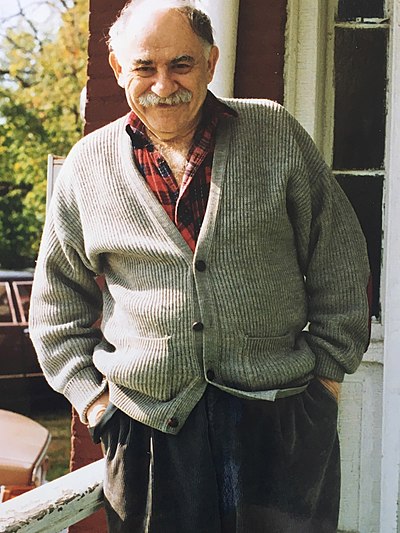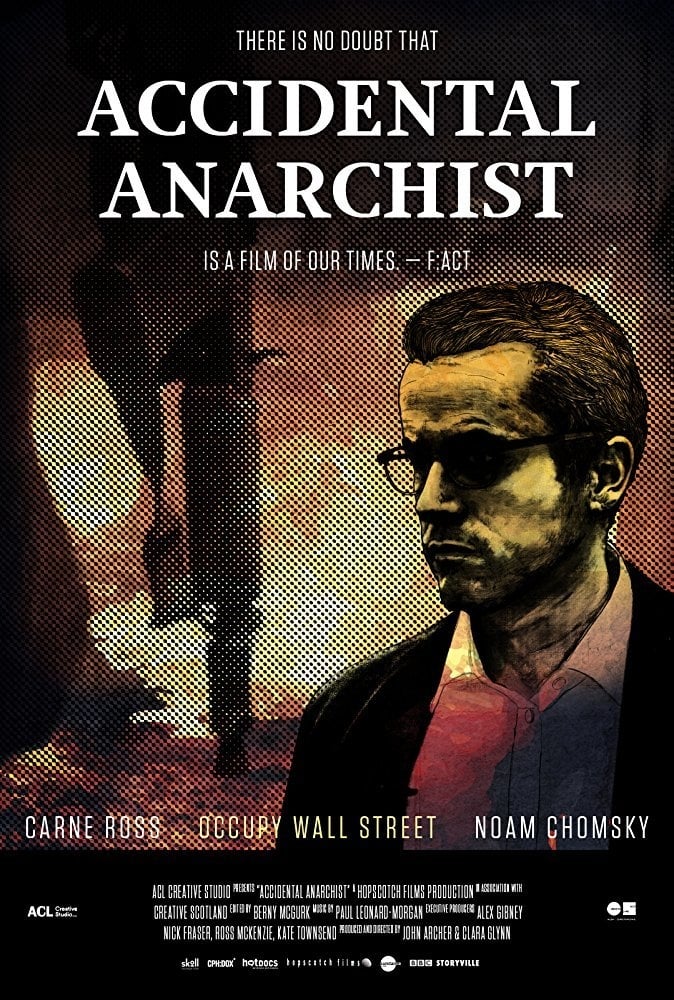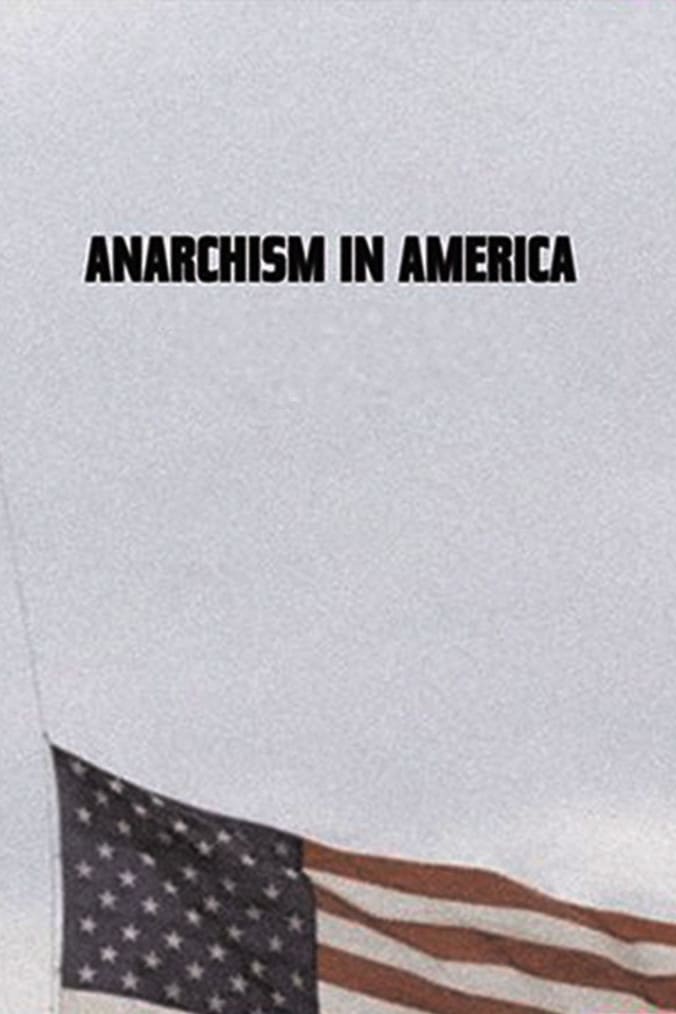Biography
Murray Bookchin (January 14, 1921 – July 30, 2006) was an American social theorist, author, orator, historian, and political philosopher. A pioneer in the environmental movement, Bookchin formulated and developed the theory of social ecology and urban planning within anarchist, libertarian socialist, and ecological thought. He was the author of two dozen books covering topics in politics, philosophy, history, urban affairs, and social ecology. Among the most important were Our Synthetic Environment (1962), Post-Scarcity Anarchism (1971), The Ecology of Freedom (1982), and Urbanization Without Cities (1987). In the late 1990s, he became disenchanted with what he saw as an increasingly apolitical "lifestylism" of the contemporary anarchist movement, stopped referring to himself as an anarchist, and founded his own libertarian socialist ideology called "communalism", which seeks to reconcile and expand Marxist, syndicalist, and anarchist thought.Bookchin was a prominent anti-capitalist and advocate of social decentralization along ecological and democratic lines. His ideas have influenced social movements since the 1960s, including the New Left, the anti-nuclear movement, the anti-globalization movement, Occupy Wall Street, and more recently, the democratic confederalism of the Autonomous Administration of North and East Syria. He was a central figure in the American green movement. Bookchin was born in New York City to Russian Jewish immigrants Nathan Bookchin and Rose (Kaluskaya) Bookchin. He grew up in the Bronx, where his grandmother, Zeitel, a Socialist Revolutionary, imbued him with Russian populist ideas. After her death in 1930, he joined the Young Pioneers of America, the Communist youth organization (for children 9 to 14) and the Young Communist League (for youths) in 1935. He attended the Workers School near Union Square, where he studied Marxism. In the late 1930s he broke with Stalinism and gravitated toward Trotskyism, joining the Socialist Workers Party (SWP). In the early 1940s, he worked in a foundry in Bayonne, New Jersey, where he was a trade union organizer and shop steward for the United Electrical Workers as well as a recruiter for the SWP. Within the SWP, he adhered to the Goldman-Morrow faction, which broke away after the war ended. He was an auto worker and UAW member at the time of the great General Motors strike of 1945–46. In 1949, while speaking to a Zionist youth organization at City College, Bookchin met a mathematics student, Beatrice Appelstein, whom he married in 1951. They were married for 12 years and lived together for 35, remaining close friends and political allies for the rest of his life. They had two children, Debbie and Joseph. On religious views, Bookchin was an atheist, but was considered to be tolerant of religious views.From 1947, Bookchin collaborated with a fellow lapsed Trotskyist, the German expatriate Josef Weber, in New York in the Movement for a Democracy of Content, a group of 20 or so post-Trotskyists who collectively edited the periodical Contemporary Issues – A Magazine for a Democracy of Content. Contemporary Issues embraced utopianism. The periodical provided a forum for the belief that previous attempts to create utopia had foundered on the necessity of toil and drudgery; but now modern technology had obviated the need for human toil, a liberatory development. To achieve this "post-scarcity" society, Bookchin developed a theory of ecological decentralism. The magazine published Bookchin's first articles, including the pathbreaking "The Problem of Chemicals in Food" (1952). In 1958, Bookchin defined himself as an anarchist, seeing parallels between anarchism and environmentalism. His first book, Our Synthetic Environment, was published under the pseudonym Lewis Herber, in 1962, a few months before Rachel Carson's famous Silent Spring.In 1964, Bookchin joined the Congress of Racial Equality (CORE), and protested racism at the 1964 World's Fair. During 1964–67, while living on Manhattan's Lower East Side, he cofounded and was the principal figure in the New York Federation of Anarchists. His groundbreaking essay "Ecology and Revolutionary Thought" introduced environmentalism and, more specifically, ecology as a concept in radical politics. In 1968, he founded another group that published the influential Anarchos magazine, which published that and other innovative essays on post-scarcity and on sustainable technologies such as solar and wind energy, and on decentralization and miniaturization. Lecturing throughout the United States, he helped popularize the concept of ecology to the counterculture. His widely republished 1969 essay "Listen, Marxist!" warned Students for a Democratic Society (in vain) against an impending takeover by a Marxist group. "Once again the dead are walking in our midst," he wrote, "ironically, draped in the name of Marx, the man who tried to bury the dead of the nineteenth century. So the revolution of our own day can do nothing better than parody, in turn, the October Revolution of 1917 and the civil war of 1918–1920, with its 'class line,' its Bolshevik Party, its 'proletarian dictatorship,' its puritanical morality, and even its slogan, 'Soviet power'".In 1969–1970, he taught at the Alternate U, a counter-cultural radical school based on 14th Street in Manhattan. In 1971, he moved to Burlington, Vermont, with a group of friends, to put into practice his ideas of decentralization. In the fall of 1973, he was hired by Goddard College to lecture on technology; his lectures led to a teaching position and to the creation of the Social Ecology Studies program in 1974 and the Institute for Social Ecology (ISE) soon thereafter, of which he became the director. In 1974, he was hired by Ramapo College in Mahwah, New Jersey, where he quickly became a full professor. The ISE was a hub for experimentation and study of appropriate technology in the 1970s. In 1977–78 he was a member of the Spruce Mountain Affinity Group of the Clamshell Alliance. Also in 1977, he published The Spanish Anarchists, a history of the Spanish anarchist movement up to the revolution of 1936. During this period, Bookchin briefly forged some ties with the nascent libertarian movement, speaking at a Libertarian Party convention and contributing to a newsletter edited by Karl Hess. Nevertheless, Bookchin rejected the types of libertarianism that advocated unconstrained individualism.In 1980, Bookchin co-established the New England Anarchist Conference (NEAC) to organize the anarchist movement in the United States. At its first meeting in October 1980, 175 anarchists from the northeastern US and Quebec attended. By the second conference in January 1981 in Somerville, Massachusetts, the NEAC devolved into sectarianism, which moved Bookchin to lose faith in a socialist revolution happening in the US.Throughout the 1980s, Bookchin engaged in extensive debates critiquing Bernie Sanders' mayorship in Burlington. Sanders' mayoral victory and Burlington's history of deliberative-democratic town meetings initially reignited Bookchin's confidence in socialism in the United States, quipping that he knew "the ten anarchist votes" winning Sanders the narrow 1981 mayoral election. However, Bookchin became increasingly critical of Sanders' approach to socialism, claiming it lacked a drive to establish direct democracy, focused too much on welfare programs, followed a Marxian deprioritization of ecology, and aligned with an economic growth-oriented anti-capitalism. The Sanders administration criticized the approach offered by Bookchin as a "back-of-the-woods mentality" of "anti-development." Bookchin and his social ecologist colleagues of the Burlington Environmental Alliance and Waterfront Coalition challenged the Sanders administration to create direct democratic neighborhood assemblies, renewable electricity production instead of a woodchip power plant intended to reduce reliance on fossil fuels, and public ownership and democratic management of waterfront areas. Bookchin criticized the Sanders administration for going through with a public-private partnership on waterfront redevelopment following the city council's disapproval of a public ownership plan instead of mobilizing a campaign against Council's decision; though, the Sanders administration later pursued the public trust doctrine to successfully reclaim waterfront property into city ownership. The Sanders administration supported a partial plan for neighborhood assemblies inspired by Bookchin's ideas, though Bookchin argued that it needed more city support for it to be directly democratic with political force rather than merely consultative.In 1988, Bookchin and Howie Hawkins founded the Left Green Network "as a radical alternative to U.S. Green liberals", based around the principles of social ecology and libertarian municipalism.In 1995, Bookchin lamented the decline of American anarchism into primitivism, anti-technologism, neo-Situationism, individual self-expression, and "ad hoc adventurism," at the expense of forming a social movement. Arthur Verslius said, "Bookchin ... describes himself as a 'social anarchist' because he looks forward to a (gentle) societal revolution. ... Bookchin has lit out after those whom he terms 'lifestyle anarchists.'"He continued to teach at the ISE until 2004. Bookchin died of congestive heart failure on July 30, 2006, at his home in Burlington, at the age of 85.
Filmography
Ratings
Information
Known ForActing
GenderMale
Birthday1921-01-14
Deathday2006-07-30 (85 years old)
Birth PlaceThe Bronx, United States of America
Religionatheism
RelationshipsBeatrice Bookchin (1951-01-01 - 1963-10-01)
ChildrenDebbie Bookchin
CitizenshipsUnited States of America
This article uses material from Wikipedia.
 Murray Bookchin
Murray Bookchin- Filmography
- Information


